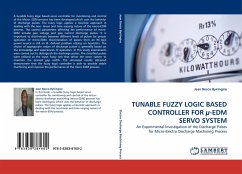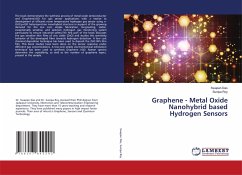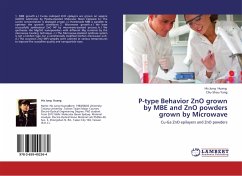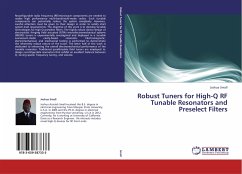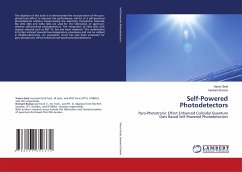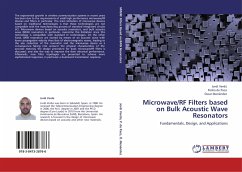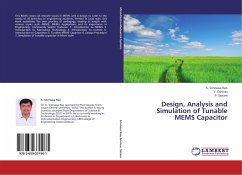
ZnO Based Tunable Surface Acoustic Wave Devices
The Monolithically Integrated Tunable Surface Acoustic Wave Device
Versandkostenfrei!
Versandfertig in 6-10 Tagen
39,99 €
inkl. MwSt.

PAYBACK Punkte
20 °P sammeln!
Surface acoustic wave (SAW) devices are widely used for communications and sensor applications. Making SAW devices tunable would make them more flexible and expand their applications. In this work, a novel monolithically integrated tunable SAW (MITSAW) device is proposed, designed and analyzed. The device consists of zinc oxide (ZnO) and magnesium zinc oxide ((Mg,Zn)O) multilayer structures grown on sapphire substrates, and utilizes their piezoelectric and semiconducting properties. It is shown that (Mg,Zn)O is piezoelectric for Mg mole concentrations less than 35%, where the compound has the ...
Surface acoustic wave (SAW) devices are widely used for communications and sensor applications. Making SAW devices tunable would make them more flexible and expand their applications. In this work, a novel monolithically integrated tunable SAW (MITSAW) device is proposed, designed and analyzed. The device consists of zinc oxide (ZnO) and magnesium zinc oxide ((Mg,Zn)O) multilayer structures grown on sapphire substrates, and utilizes their piezoelectric and semiconducting properties. It is shown that (Mg,Zn)O is piezoelectric for Mg mole concentrations less than 35%, where the compound has the wurtzite crystal structure. For piezoelectric (Mg,Zn)O, the acoustic velocities increase and piezoelectric coupling coefficients decrease as the Mg composition increases. In the MITSAW device, the SAW velocity can be tuned using the interaction between electrons at the (Mg,Zn)O / ZnO interface and the electric fields accompanying the propagating SAW. A large tunability range with high acoustic velocities are predicted for MITSAW devices using the Sezawa wave mode, leading to better performance compared to GaAs based tunable SAW devices.



